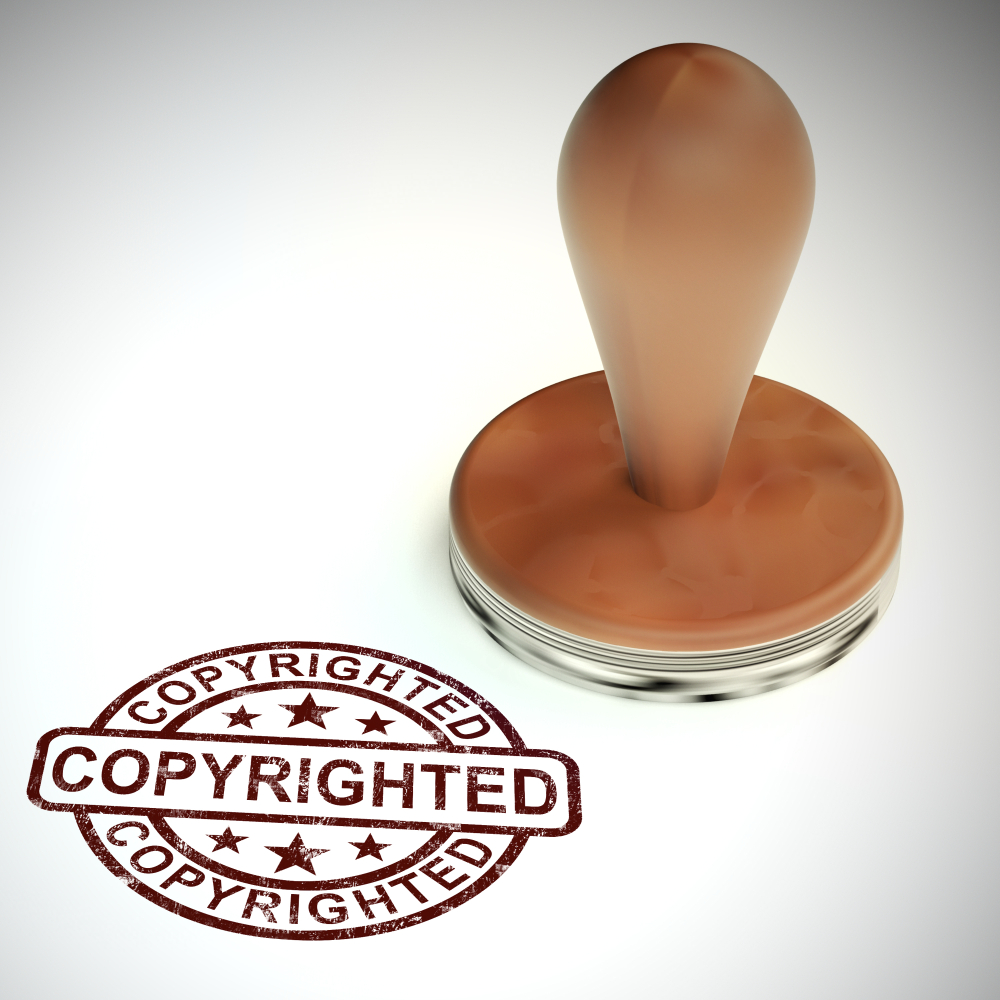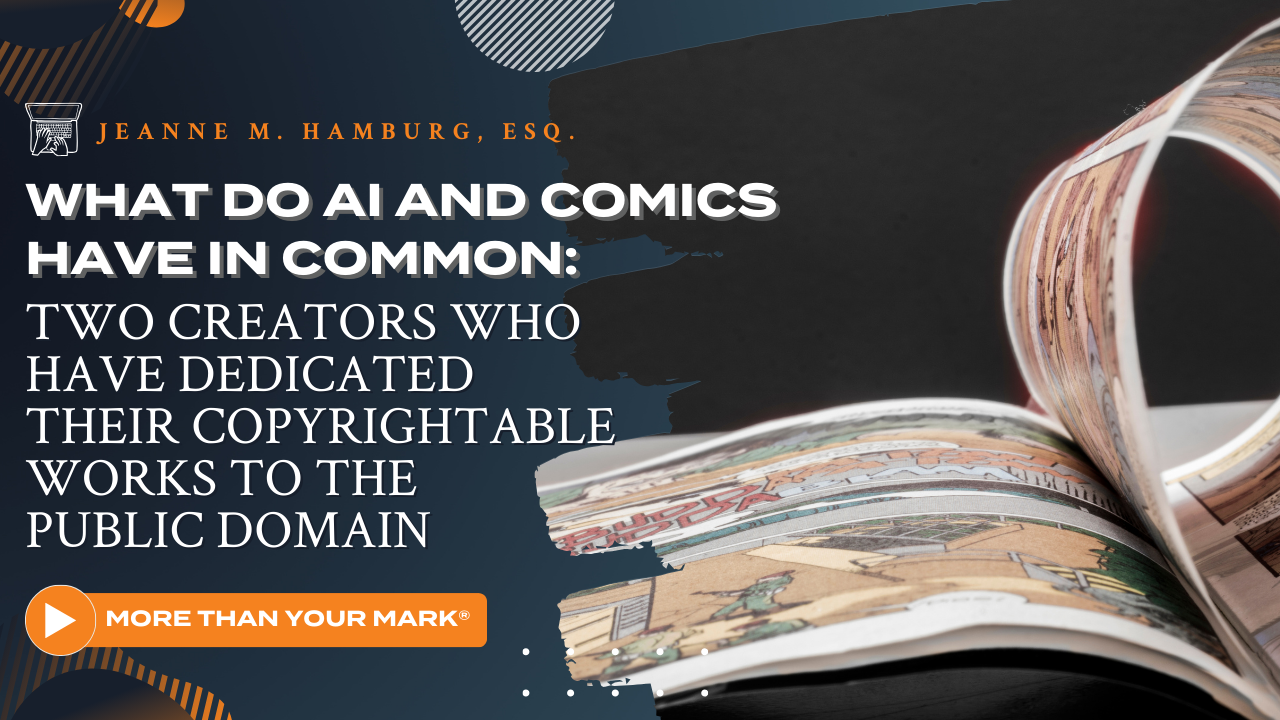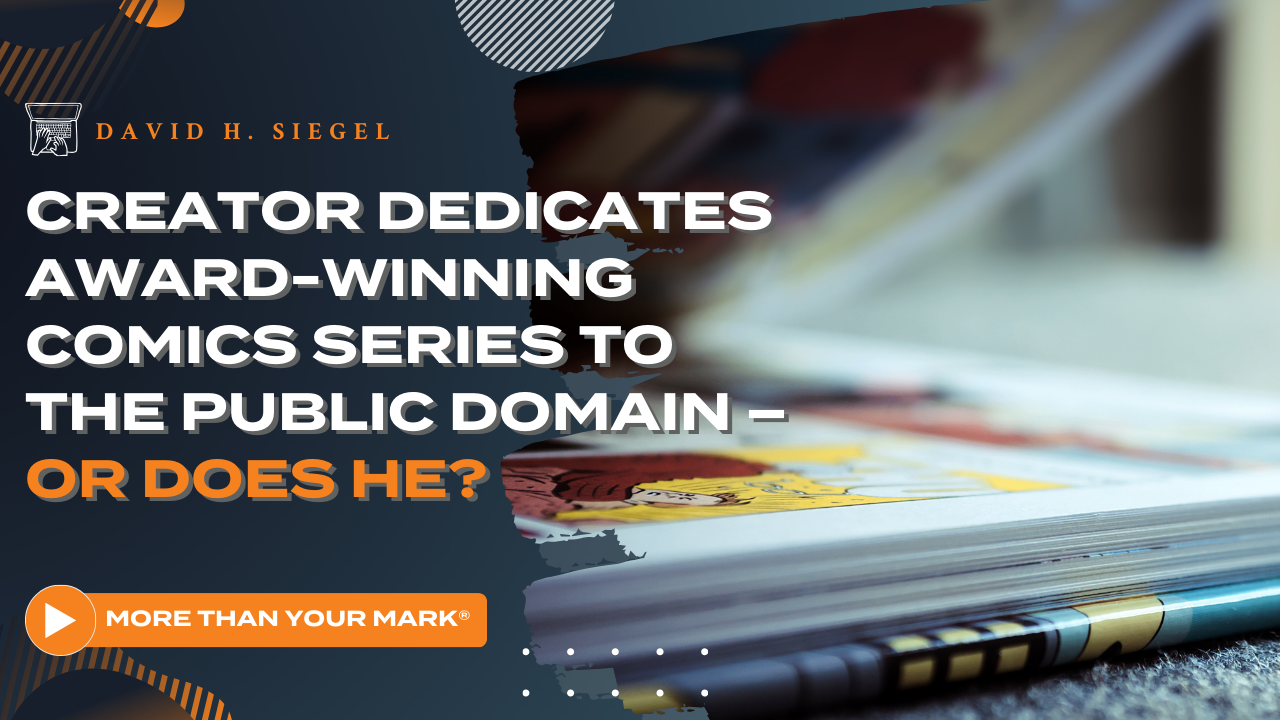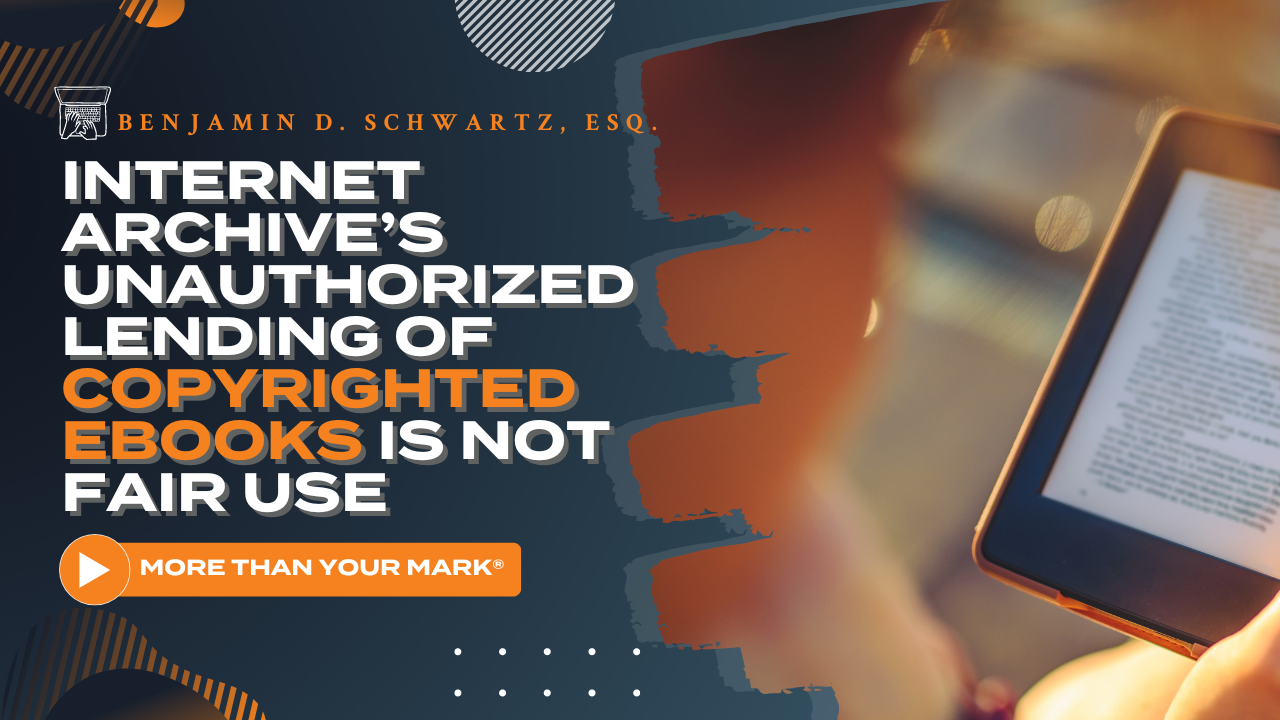Copyright Notice Tips: How to Enhance Protection of Your Creative Works (And When to Call Your Lawyer)

Working today through an interesting copyright notice issue prompted me to write today’s post. While current copyright law doesn’t require a copyright notice, placing one on a creative work such as online content, websites, promotional materials, books, films, sculptures, toys, games, or paintings can enhance the copyright owner’s rights by providing “constructive notice” of those rights. Once the copyright owner has provided that notice, damages for “willful” infringement are available.
Copyright Notice
A copyright notice must have three elements: (1) the © symbol; (2) the year of publication (the offer for sale, not manufacture or creation of the work); and (3) the name of the copyright owner. Please note that the copyright owner may be different from the actual creator of the work. For example, if the creator is a full-time employee and creates the work in the scope of employment, the employer is the copyright owner. Additionally, if there is more than one owner of a work, the names of each owner may be listed.
The identity of the copyright owner becomes particularly tricky in some situations. The one I was dealing with today involved the creation of a so-called “derivative work.” A derivative work is one which is based upon the original. The right to make derivative works (also sometimes referred to as the “adaptation right”) is one of the exclusive rights conferred by copyright ownership (the others are the right to reproduce, distribute, perform and display the creative work).
Derivative Works
Some examples of derivative works are: a translation, a play or film based upon a book, a new edition of a book, a new version of a website or other content, a sculptural work based on a drawing, or a drawing based on a photograph. The derivative work “fully embodies” the original copyrightable work, so it is appropriate to include the original copyright owner in the copyright notice. But to be a truly derivative work, it should also include additional new material that is copyrightable. In that context, it is wise to consult with an attorney to determine who to credit: the original copyright owner, the person or entity who created the additional copyrightable elements, or both. The situation is very fact specific.
Your counsel will need to determine whether copyright was assigned by the copyright owner to the owner of copyright in the derivative work; or whether the original copyright owner took an assignment of the copyright in the new elements (the latter is more common than the former). And, of course, the attorney must consider the scope of copyright (if any) in the additional elements – are they sufficiently creative to warrant copyright protection at all? That is why legal guidance is so important.
For more information on copyright law and how to protect and enforce your copyrights, please feel free to contact me at jhamburg@norris-law.com.




